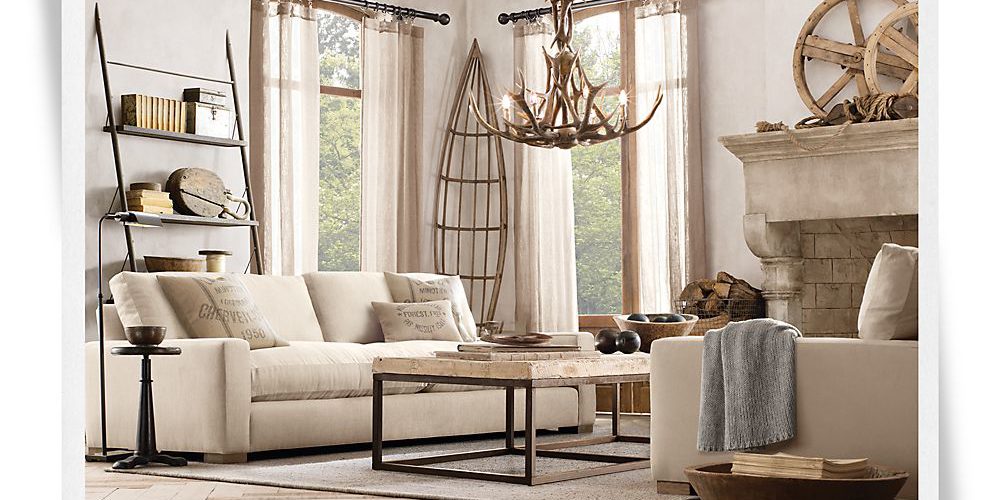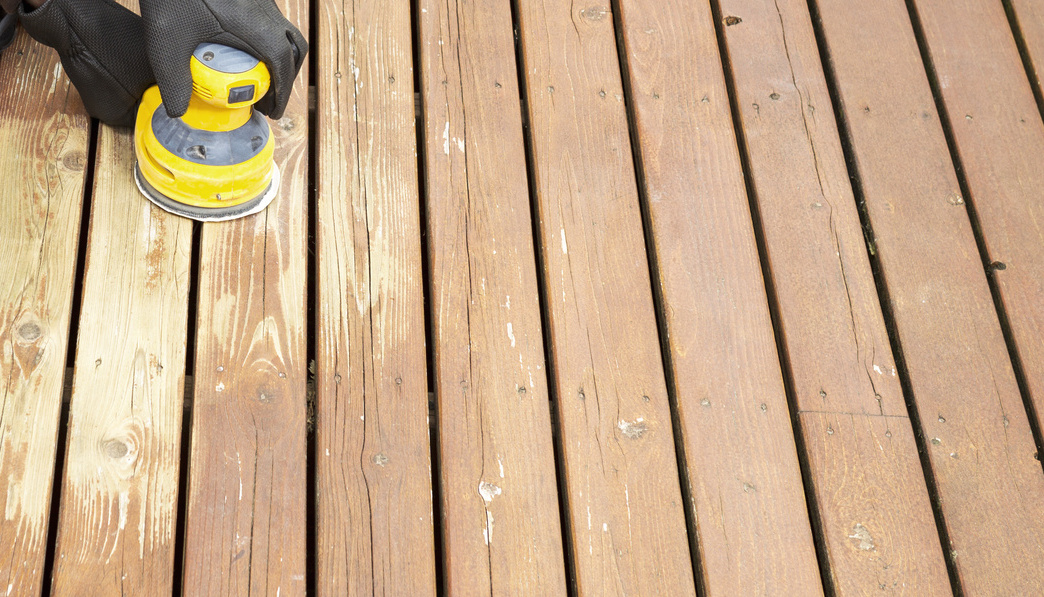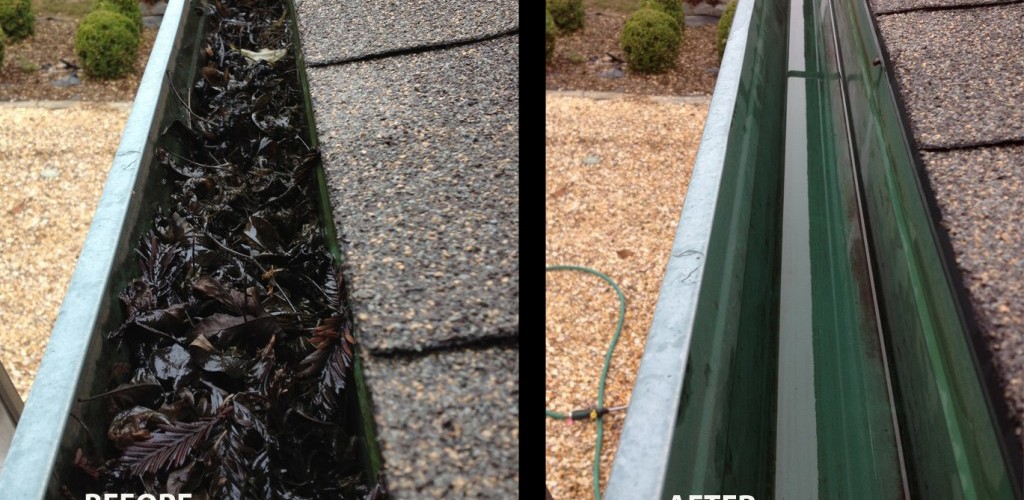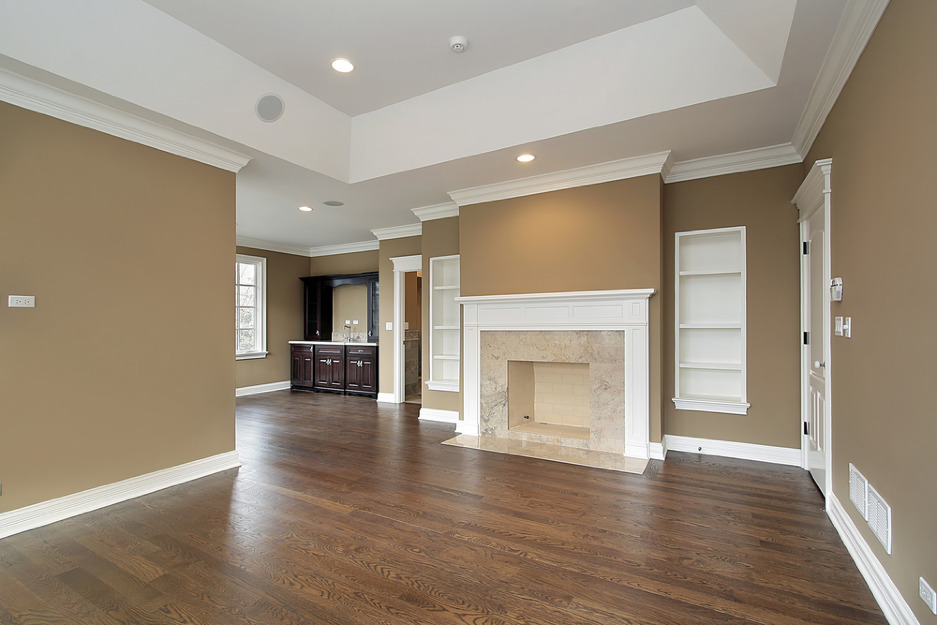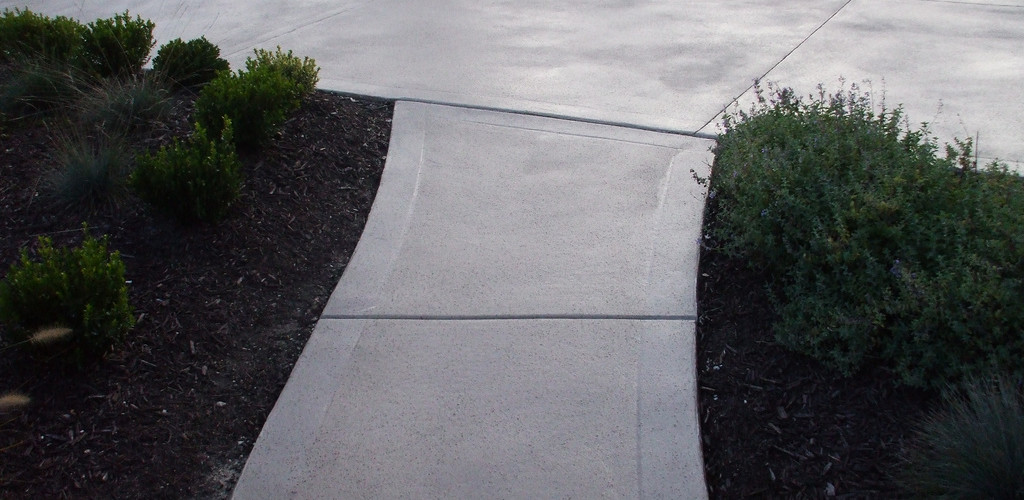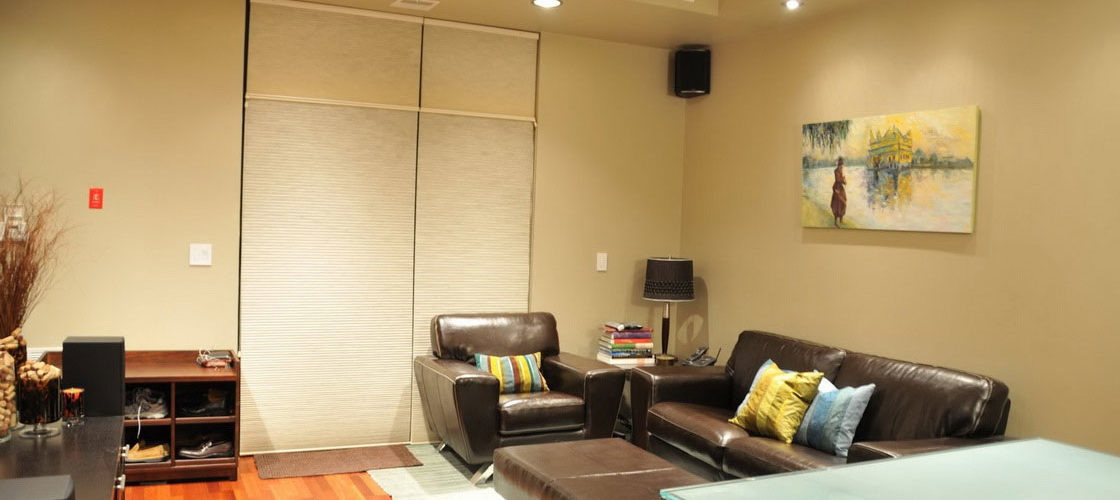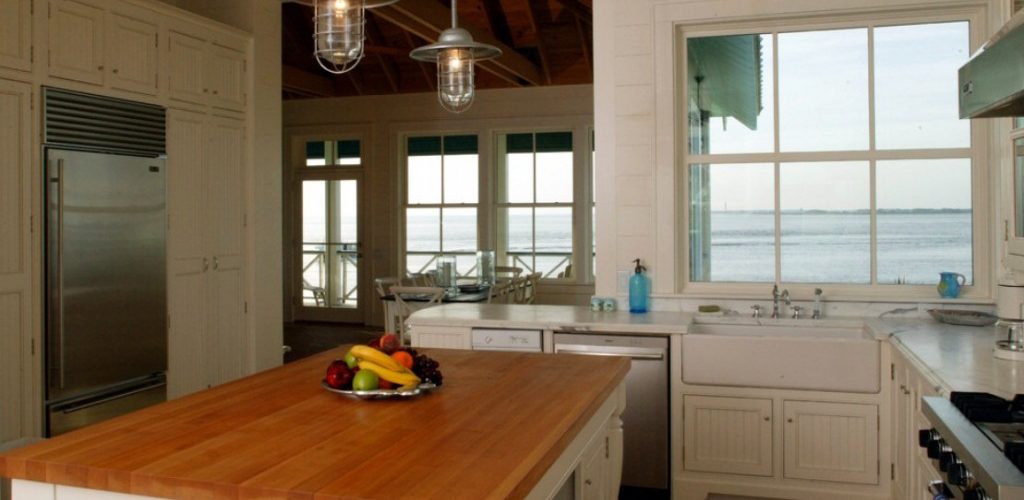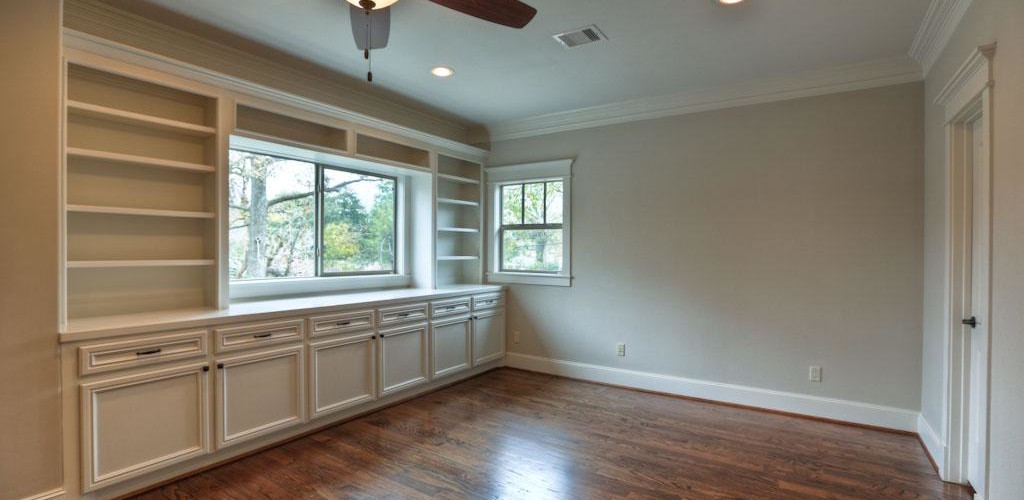Learn how to replace the underlayment in a kitchen with these simple steps
MATERIALS
- thin-set mortar
- galvanized finish staples
- plywood
- rosin paper
- tape
TOOLS
- pry bar
- hammer tacker
- utility knife
- floor scraper
- tape measure
- jigsaw
- hammer
- pencil
- circular saw
- table saw
- vacuum
- broom
- shovel
- safety glasses
- pneumatic stapler
- gloves
Remove the Old Underlayment
Use a hammer and pry bar to lift and remove the old underlayment.
Pro Tip
You may want to rent a take-up or roofing shovel to assist with removing the luan. The cost is approximately $30 a day. They are easy to use. Simply get underneath the underlayment with the shovel and lift.
Apply the Thin-Set Mortar
Once the underlayment is up, you’ll need to treat the floor to get rid of the stickiness of the adhesive. Do this by spreading a layer of dry thin-set mortar product over the floor. Move the thin-set around using a broom. You want just an even dusting over the floor to eliminate stickiness under the new flooring. Sweep up the excess.
Add the Rosin Paper
Once the powder is down, cover the entire floor with rosin paper. Using a utility knife cut the paper to fit and tack it into place with a hammer tacker and staples.
Start Laying the Underlayment
Measure the square footage of the room and get the underlayment material. Start with the longest straight run or edge of the room, using as many whole sheets as possible. Full sheets assure a good snug seam because you are dealing with two factory-finished edges.
Create a Pattern
After the first row is done go back to do the next. This time you will want to start with a 1/2 sheet so the seams are staggered. Lay the sheets in a brickwall-like pattern.
Attach the Sheets
Use a jigsaw to make cuts around the trim, pipes, etc. and staple the sheets down using a pneumatic stapler and 1-1/4″ galvanized staples.
Put Extra Staples Around the Edges
Start in the most outside corner of the sheet working inward so no bubbling occurs. Sheets are marked with X’s so you know where to staple them. You will need to put extra staples around the edges.
Pro Tip
Always use galvanized staples for underlayment so they won’t rust.

